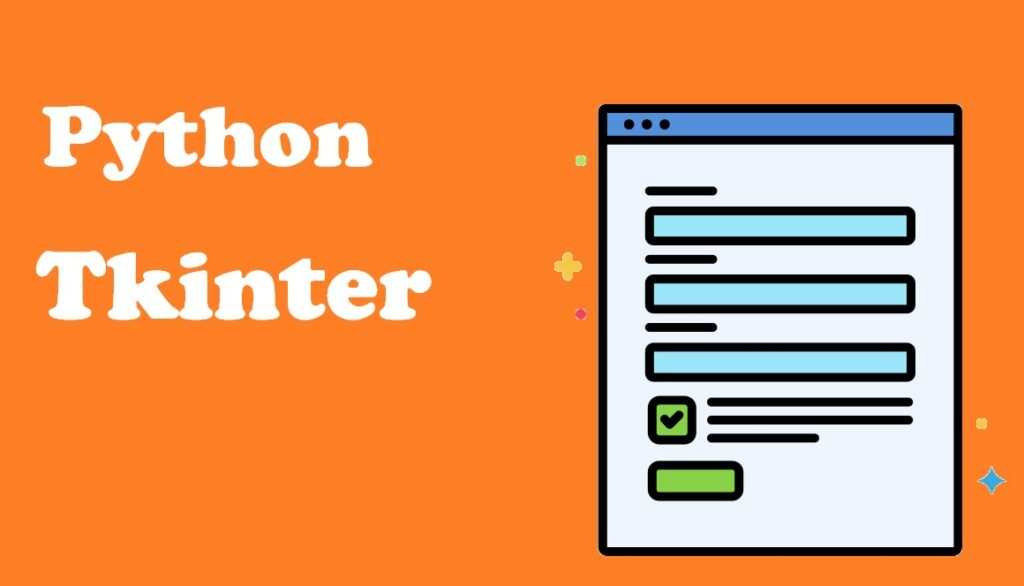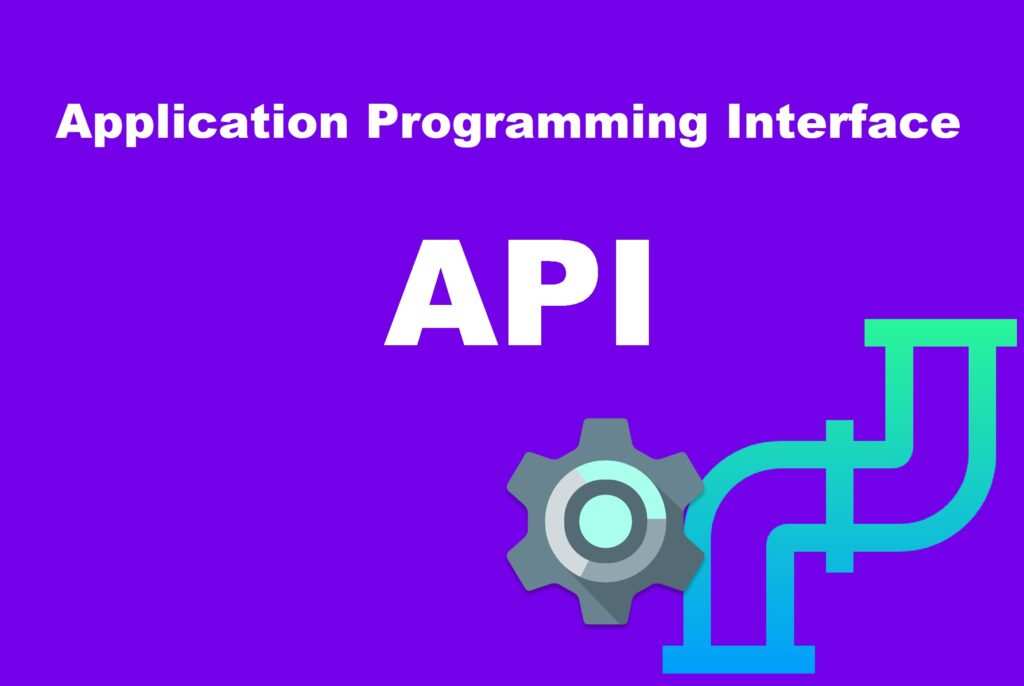Data Analysis from Scratch
In this post, we will study the data about atheletes and try to analyze the results. Reading the data set Creating a copy of the DataFrame Data Exploration It will give the first and last 4 results respectively. It will return the number of rows and columns. This will return the information about data types […]
Data Analysis from Scratch Read More »










